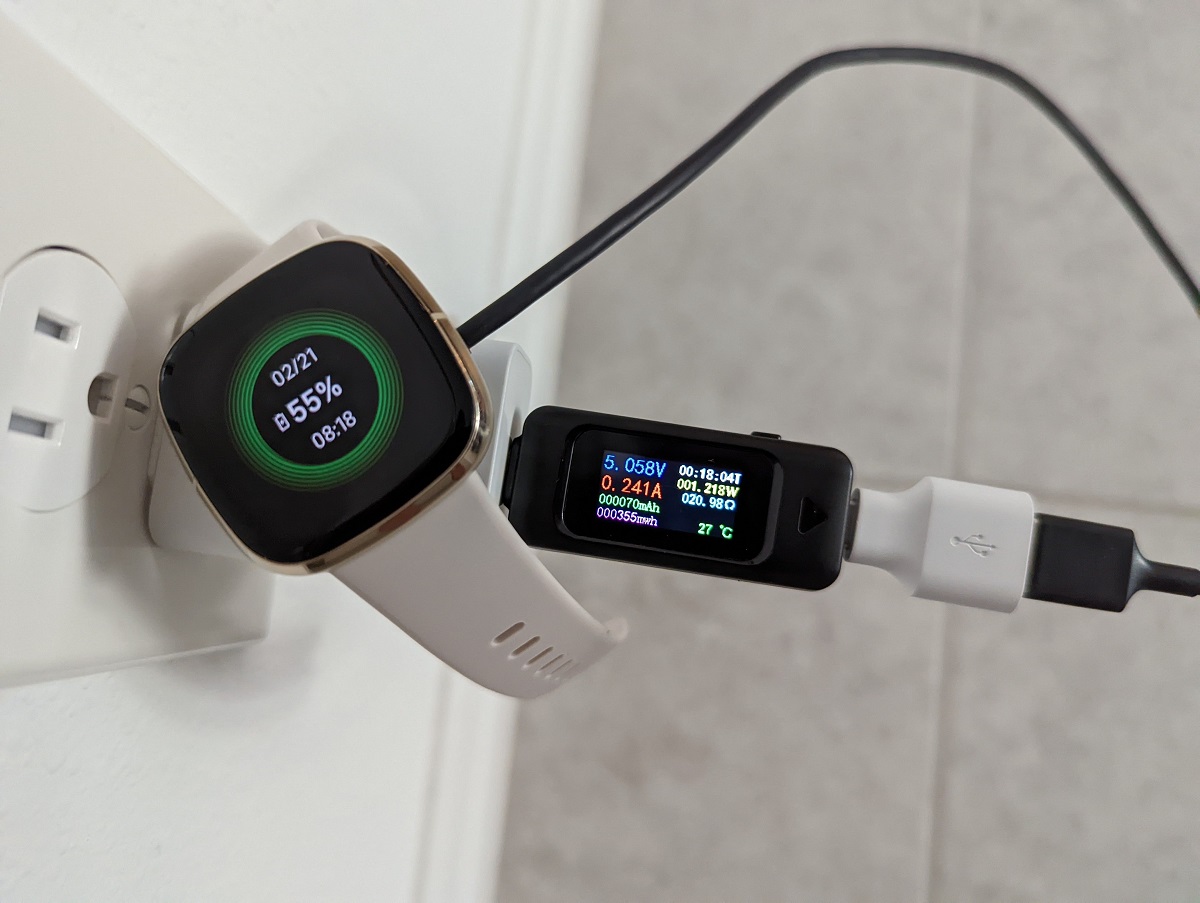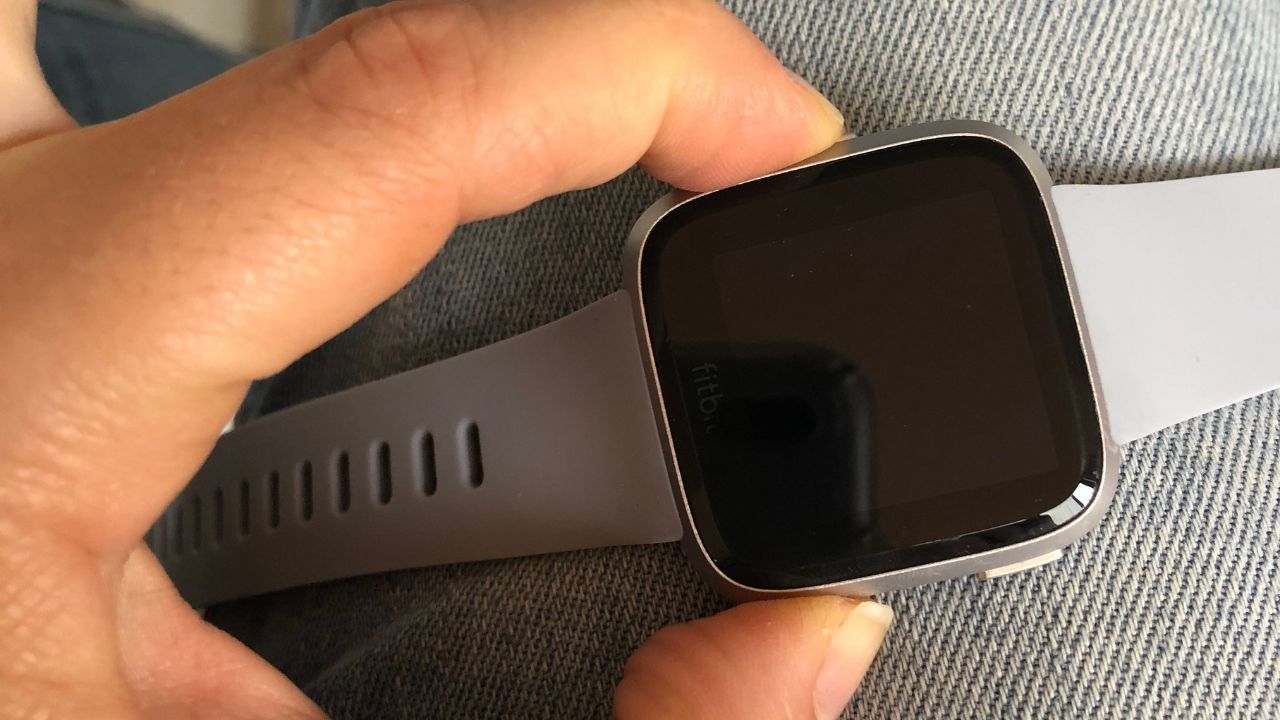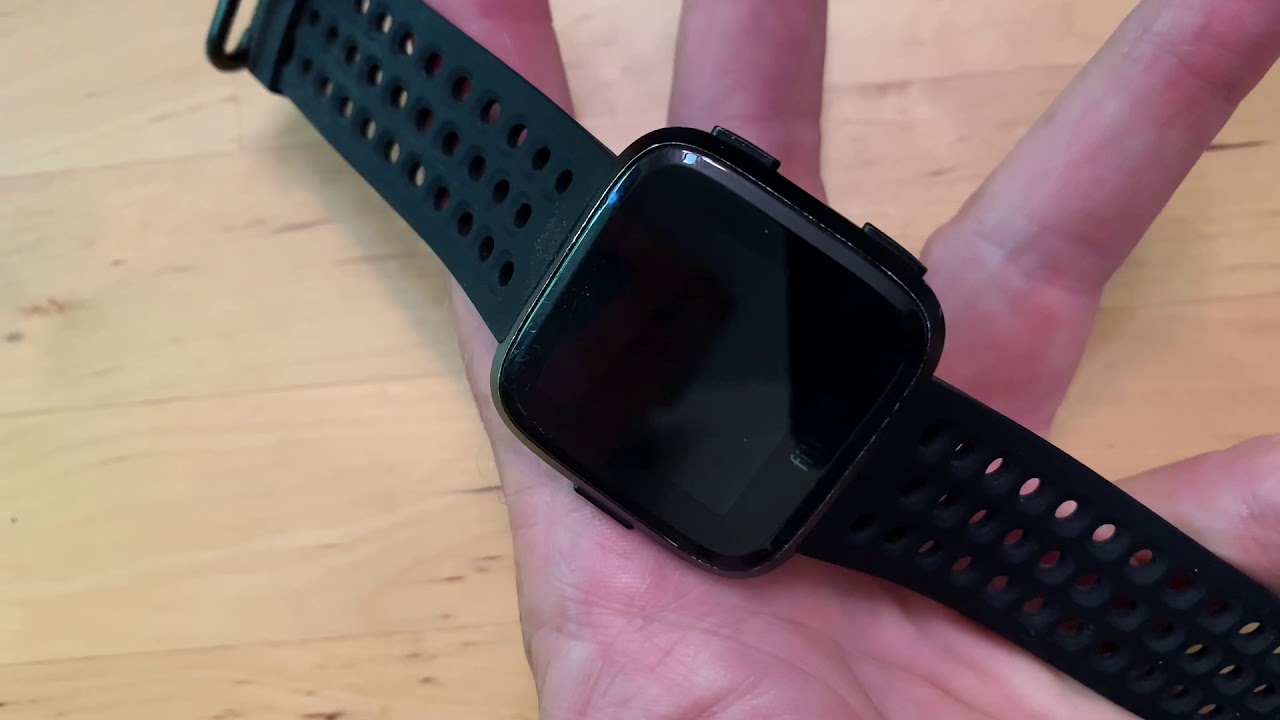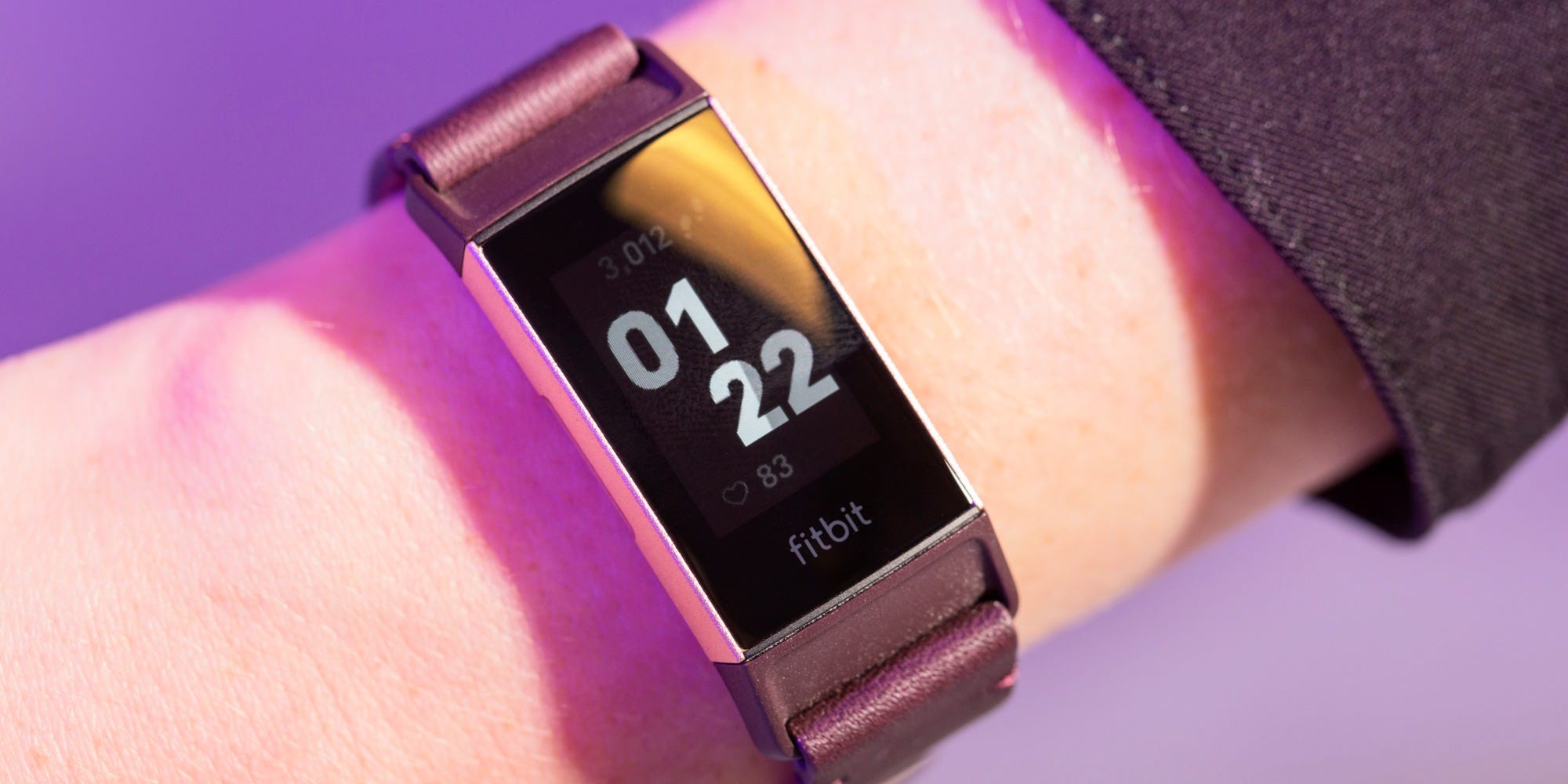Common Reasons Why Your Fitbit Won't Charge
Is your Fitbit failing to charge despite your best efforts? Don't worry; you're not alone. Many Fitbit users encounter charging issues at some point, and there are several common reasons behind this frustrating problem. Understanding these reasons can help you troubleshoot the issue and get your Fitbit back up and running in no time. Here are some of the most prevalent reasons why your Fitbit may not be charging:
-
Faulty Charger: One of the most common culprits behind charging problems is a faulty charger. Over time, the charging cable or the connector can become damaged, leading to poor electrical contact and ineffective charging.
-
Dirty Charging Ports: The charging ports on both your Fitbit device and the charging cable can accumulate dirt, dust, or sweat residue, hindering the flow of power and preventing efficient charging.
-
Software Glitches: Occasionally, software glitches within the Fitbit device can disrupt the charging process. These glitches may cause the device to become unresponsive when connected to the charger, preventing it from charging properly.
-
Battery Issues: If your Fitbit's battery is completely drained or has experienced a significant decrease in capacity, it may not charge as expected. In some cases, the battery may need to be replaced to restore proper charging functionality.
-
Hardware Damage: Physical damage to the Fitbit device, such as a cracked screen or water damage, can interfere with the charging process. Additionally, internal hardware components may become damaged, leading to charging issues.
Understanding these common reasons for Fitbit charging problems can empower you to identify the specific issue affecting your device. By recognizing the root cause, you can take targeted steps to address the problem and restore your Fitbit to its fully charged and functional state.
Troubleshooting Steps for Fitbit Charging Issues
When faced with Fitbit charging issues, it's essential to take a systematic approach to troubleshooting in order to identify and resolve the underlying problem. By following these step-by-step troubleshooting measures, you can increase the likelihood of successfully resolving the charging problems with your Fitbit device.
-
Verify the Power Source: Start by ensuring that the power source you are using to charge your Fitbit is functioning properly. Plug the charging cable into a different USB port or wall charger to rule out any issues with the power supply.
-
Inspect the Charging Cable: Thoroughly examine the charging cable for any signs of damage, such as frayed wires or bent connectors. If any issues are detected, consider using a different, undamaged charging cable to charge your Fitbit.
-
Clean the Charging Ports: Use a soft, dry cloth to gently clean the charging ports on both your Fitbit device and the charging cable. Ensure that there is no debris, dirt, or sweat residue obstructing the connection points, as this can impede the charging process.
-
Restart Your Fitbit Device: Sometimes, a simple restart can resolve charging issues. Restart your Fitbit device by turning it off and then back on. This can help clear any temporary software glitches that may be affecting the charging functionality.
-
Perform a Hard Reset: If a regular restart doesn't solve the problem, consider performing a hard reset on your Fitbit. This process varies depending on the Fitbit model, so refer to the official Fitbit support resources for specific instructions.
-
Ensure Proper Alignment: When connecting the charging cable to your Fitbit device, ensure that it is properly aligned and securely attached. A loose connection can prevent effective charging, so make sure the cable is firmly in place.
-
Check for Software Updates: Ensure that your Fitbit device is running the latest firmware by checking for and installing any available software updates. Sometimes, software glitches related to charging can be resolved through updates provided by Fitbit.
-
Monitor for Charging Indicators: While your Fitbit is connected to the charger, observe the device for any charging indicators, such as LED lights or on-screen notifications. These indicators can provide valuable insight into the charging status and any potential issues.
By systematically implementing these troubleshooting steps, you can effectively diagnose and address charging issues with your Fitbit device. If, after following these steps, your Fitbit still refuses to charge, it may be necessary to consider contacting Fitbit support for further assistance.
How to Clean Your Fitbit Charger and Device
Proper maintenance and care of your Fitbit charger and device can significantly impact their performance and longevity. Over time, dirt, sweat residue, and debris can accumulate on the charging ports of both your Fitbit device and the charging cable, hindering the flow of power and impeding the charging process. By incorporating regular cleaning into your Fitbit care routine, you can ensure optimal charging efficiency and extend the lifespan of your device.
Cleaning the Fitbit Charger
-
Unplug the Charger: Before cleaning the Fitbit charger, ensure that it is unplugged from the power source and disconnected from the Fitbit device.
-
Use a Soft, Dry Cloth: Gently wipe the charging contacts on the cable with a soft, dry cloth to remove any visible dirt, dust, or residue. Ensure that the cloth is clean and free from any abrasive particles that could scratch the contacts.
-
Avoid Liquids and Abrasives: Refrain from using liquid cleaners, harsh chemicals, or abrasive materials when cleaning the charger, as these can damage the charging contacts and compromise their functionality.
-
Inspect for Damage: While cleaning, inspect the charging cable for any signs of damage, such as fraying or exposed wires. If any damage is detected, consider replacing the charger to maintain optimal charging performance.
Cleaning the Fitbit Device
-
Power Off the Device: Turn off your Fitbit device before beginning the cleaning process to prevent accidental input or damage during cleaning.
-
Use a Soft, Dry Toothbrush or Cloth: Gently brush the charging contacts on the back of the Fitbit device with a soft, dry toothbrush or cloth. This helps remove any accumulated dirt or residue that may be obstructing the charging connection.
-
Avoid Moisture and Excessive Force: Ensure that no moisture enters the device during cleaning, and avoid applying excessive force that could potentially damage the charging contacts or the device itself.
-
Inspect for Debris: Carefully inspect the charging contacts on the device to ensure that no debris or residue remains. If necessary, repeat the cleaning process to thoroughly remove any obstructions.
By incorporating these cleaning practices into your Fitbit care routine, you can maintain optimal charging performance and prolong the lifespan of both your Fitbit charger and device. Regular cleaning helps prevent charging issues caused by dirt and residue buildup, ensuring that your Fitbit remains ready for action whenever you need it.
Contacting Fitbit Support for Further Assistance
If you've exhausted all troubleshooting options and your Fitbit still refuses to charge, it may be time to seek assistance from Fitbit support. The company offers a range of support options to help users resolve technical issues and ensure the optimal performance of their Fitbit devices.
Online Support Resources
Fitbit provides a comprehensive online support platform, featuring a wealth of resources to address common technical issues, including charging problems. By visiting the official Fitbit website, users can access troubleshooting guides, FAQs, and support articles specifically tailored to address charging issues. These resources are designed to guide users through the diagnostic and resolution process, offering step-by-step instructions and valuable insights to help identify and rectify charging-related issues.
Community Forums
Fitbit's community forums serve as a valuable hub for users to seek assistance, share experiences, and connect with fellow Fitbit enthusiasts. Users encountering charging problems can leverage the collective knowledge and experiences of the Fitbit community to gain insights, tips, and potential solutions to their specific issues. Engaging with the community not only provides access to diverse perspectives but also fosters a sense of camaraderie and support among Fitbit users facing similar challenges.
Direct Customer Support
For more personalized assistance, Fitbit offers direct customer support channels, including email support and live chat options. By reaching out to Fitbit's customer support team, users can receive tailored guidance and troubleshooting assistance from knowledgeable representatives. Whether it's diagnosing a potential hardware issue or exploring advanced troubleshooting steps, the customer support team is equipped to provide individualized support to address charging woes and ensure user satisfaction.
Warranty and Repair Services
In cases where charging issues stem from hardware defects or malfunctions, Fitbit's warranty and repair services come into play. Users experiencing persistent charging problems that cannot be resolved through standard troubleshooting may be eligible for warranty-related support, including device replacement or repair. Fitbit's warranty policies and repair services are designed to safeguard users against faulty hardware and ensure that their Fitbit devices function as intended.
By leveraging Fitbit's robust support ecosystem, users can navigate charging issues with confidence, knowing that comprehensive assistance is readily available. Whether through self-help resources, community engagement, direct customer support, or warranty services, Fitbit remains committed to empowering users and resolving technical challenges to deliver a seamless Fitbit experience.
The Fitbit support infrastructure stands as a testament to the company's dedication to user satisfaction and underscores its commitment to providing reliable and effective solutions for Fitbit charging issues.























